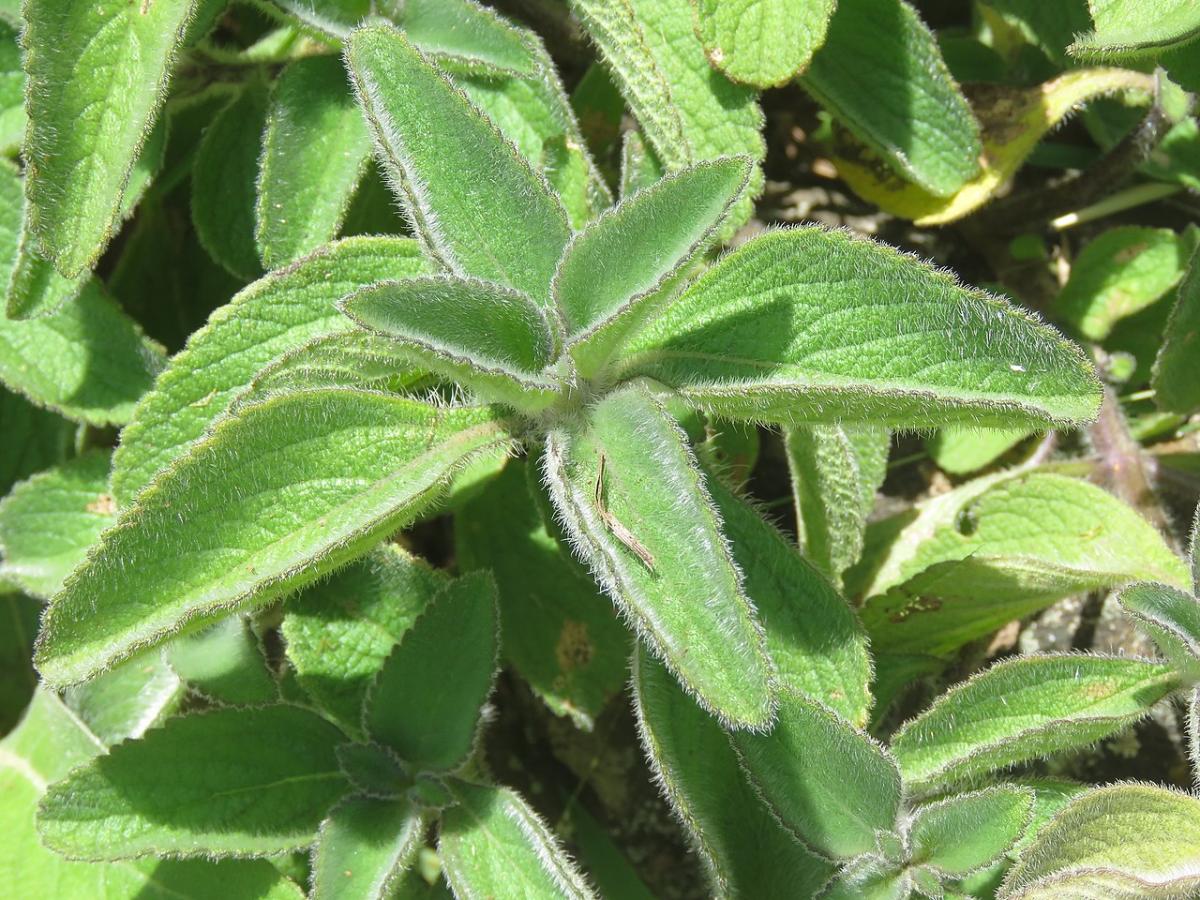
Image - Wikimedia / Vinayaraj
El Coleus forskohlii It is a plant with a delicate and fragile appearance, but it has great beauty. It is that typical plant that you can grow on the balcony, for example, and surely more than one will come to caress its leaves. And not only that: when it blooms, it continues to attract looks, both human and other animals, including butterflies.
But there is still much more to say about this species: it can be grown at home if it receives (natural) light, although it also looks great in the garden.
Origin and characteristics of Coleus forskohlii
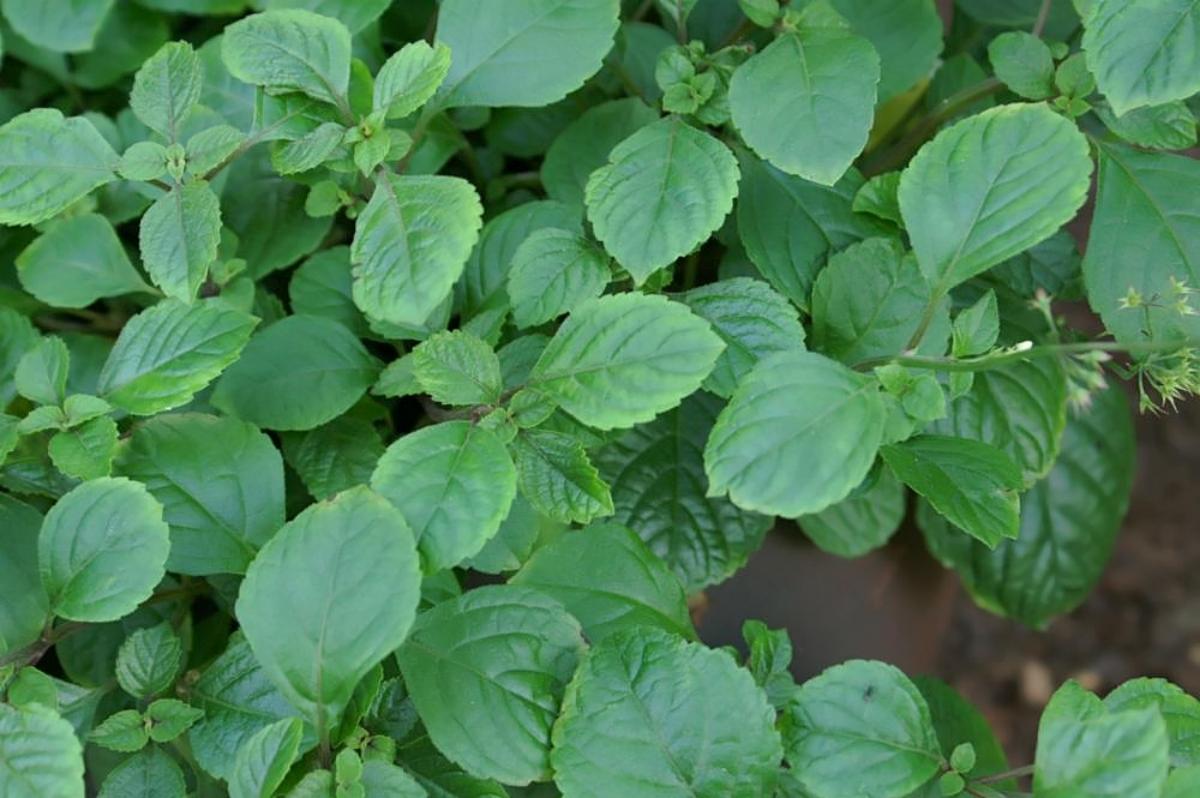
Image - Wikimedia / David J. Stang
El Coleus forskohlii * (as well plectranthus barbatus -which is now the most accepted scientific name-, coleus barbatus y Coleus forskalaei) is a perennial herbaceous plant known as forskolin, Indian boldo, or Brazilian boldo. Its origin is found in the Indian subcontinent, specifically in the Himalayan region, in areas of low altitude above sea level.
It belongs to the Lamiaceae family, and it smells like camphor. Its height is approximately 20-30 centimeters, and it develops green and pubescent leaves, with a crenate-toothed margin.. The flowers are grouped in inflorescences, and are lilac in color.
*Coleus forsholii it is a wrong scientific name. Actually, it would be Plectranthus forskolaei, which is the name that appears in the International Index of Plant Names (IPNI for its acronym in English). But, as we have said before, the botanical name that is most accepted now is that of plectranthus barbatus.
What uses is it given?
Forskolin is a beautiful plant that can be put to various uses. The first is the ornamental. Whether it is grown in a pot or in the ground, it is going to make a lot of beauty where it is, especially when it blooms. In addition, it is not invasive, which means that if you want to enjoy it in the garden, you will not have any problem with its roots, being able to plant it together with other plants of similar height.
Another use is the medicinal. In its place of origin it has been used and continues to be used for its tonic, circulatory and diuretic properties. In fact, today it is the object of study, since it has pharmaceutical uses (here you have more information about it). In any case, before starting any treatment it is important to consult a specialist doctor.
How do you take care of yourself?
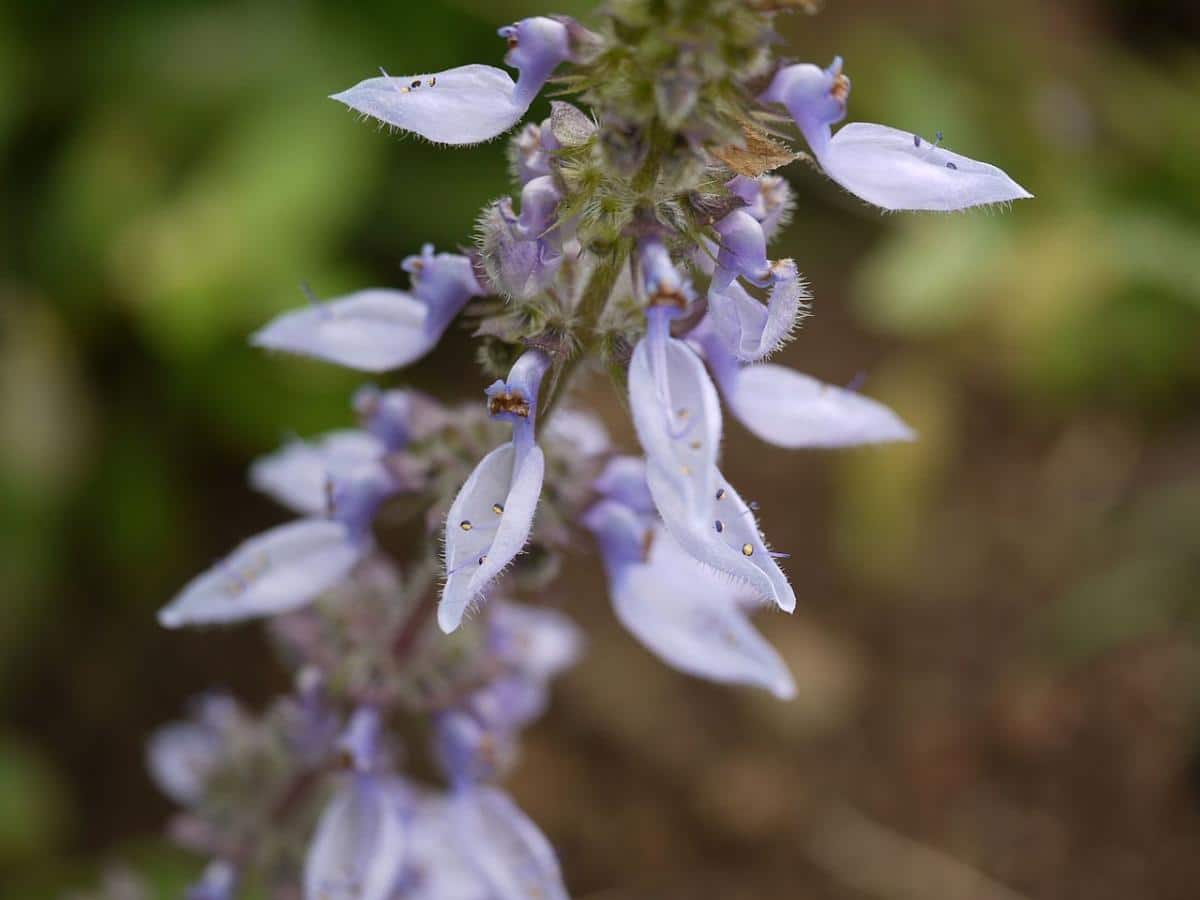
Image - Wikimedia / Dinesh Valke
Now let's move on to care. How is it to be maintained? How often to water? Well, let's know:
Location
El plectranthus barbatus is a plant that it must be in full sun if that is possible. But it can also be in semi-shadow; for this reason it is interesting to have it as an indoor plant.
The room you choose must be bright; In addition, it is important that it is far from both the heating (braziers, radiators, stoves, ...) and the air conditioning unit, since otherwise the air currents would damage the leaves.
Earth
- Garden: for it to have a correct development, it is essential that the soil is sandy (clay type), with a pH between 6 and 8. If you have doubts, you can always make a hole with a size of about 50 x 50cm and fill it with substrate of universal cultivation (for sale here). This ensures that the plant will be fine.
- Flower potUse a quality substrate that drains water quickly. It can be mulch mixed with 50% perlite, universal substrate, or even compost mixed with 30% arlite (for sale here).
Irrigation
El Coleus forskohlii does not withstand drought. But if we water it excessively, its roots will rot. Therefore, if you have it in a pot it is important that this container has holes in the base, and that you do not put a plate under it, since otherwise the water will remain stagnant in it.
On the other hand, during the summer it will be watered more than in winter, since this is when the land dries up more quickly. So, taking all this into account, Generally, you need to water 2-4 times a week during the summer season, and once a week or every 10 days the rest.
Still, check the soil's moisture when in doubt. Depending on the climate and where you have your plant (indoors or outdoors), you will have to water more or less.
Subscriber
In order not to have nutritional deficiencies, it is advisable to pay it in spring and until the end of summer with organic fertilizers: compost, mulch, guano, humus. The only thing is that if you have it in a pot it is better to use liquid fertilizers, so that the efficiency is quick and, also, so that the irrigation water can continue to be drained quickly.
Pruning
You have to cut the dry leaves, as well as those flowers that are wilting. You can use household scissors, previously disinfecting them with soap and water.
Pests
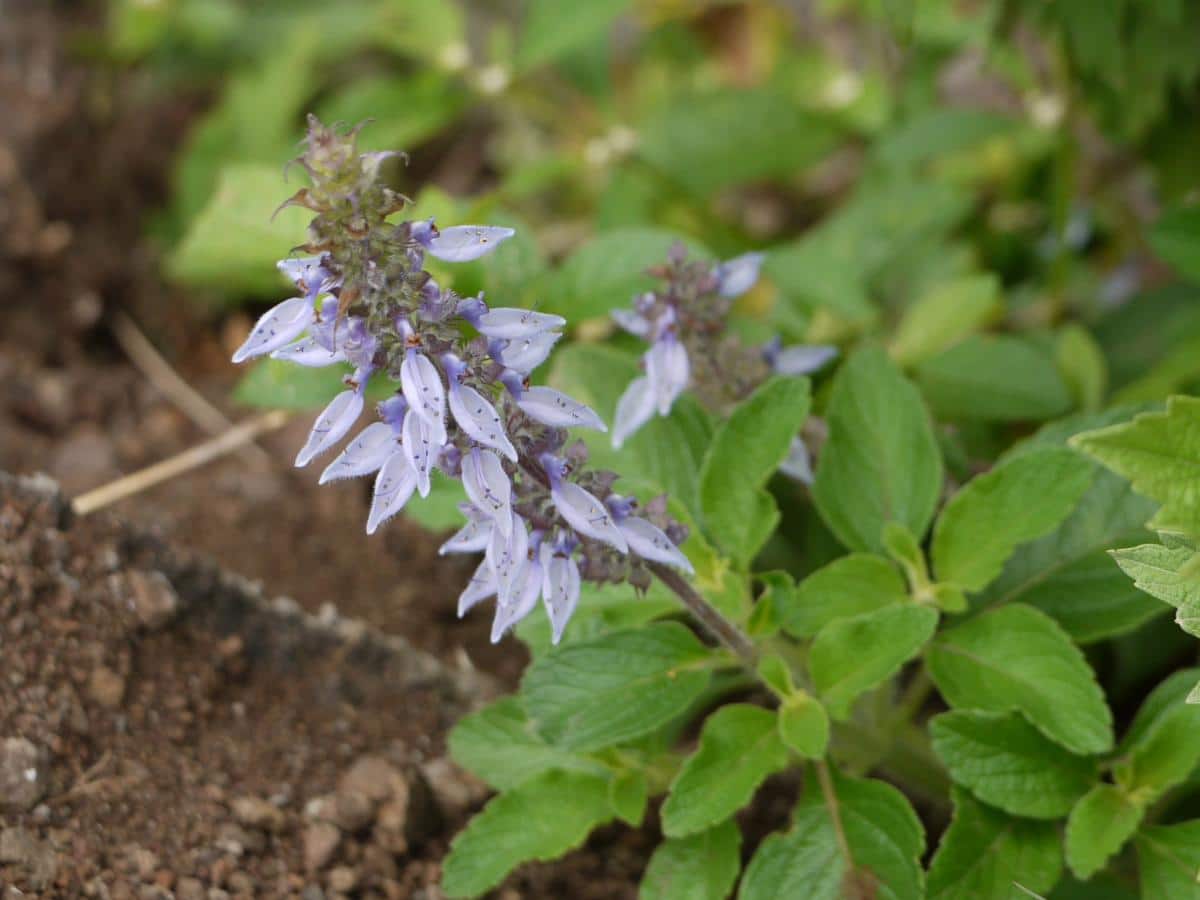
Image - Flickr / Dinesh Valke
It does not usually have, but if the environment is very dry and warm you may see some mealybug or whitefly. If, on the other hand, it is very humid, be careful with snails and slugs. You can treat them with home remedies.
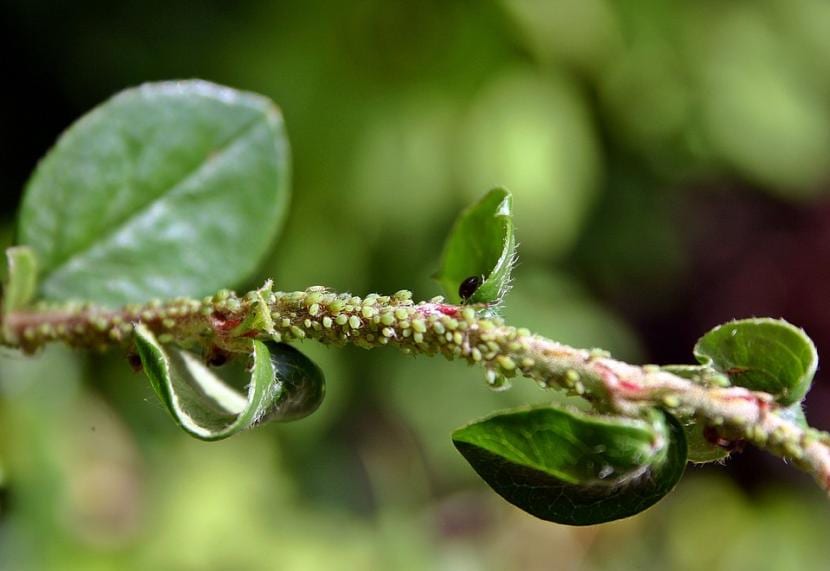
Multiplication
El coleus barbatus multiplies very easily by stem cuttings. You have to cut one, remove leaves and flowers, and place it in a glass of water. Every day you have to clean that glass and change the water, so that bacteria do not appear. But in a few days you will see that its first roots will begin to appear. Then carefully plant it in a pot with soil.
Another way to get new copies is sowing its seeds in spring. The seedbed must be filled with a mixture of peat and perlite at 50%, and finally it must be watered. They usually germinate in 10 days if the temperature stays around 22ºC.
Rusticity
It does not hurt the cold, but if there are frosts, it is best to keep it indoors until spring comes.
We hope you liked it.